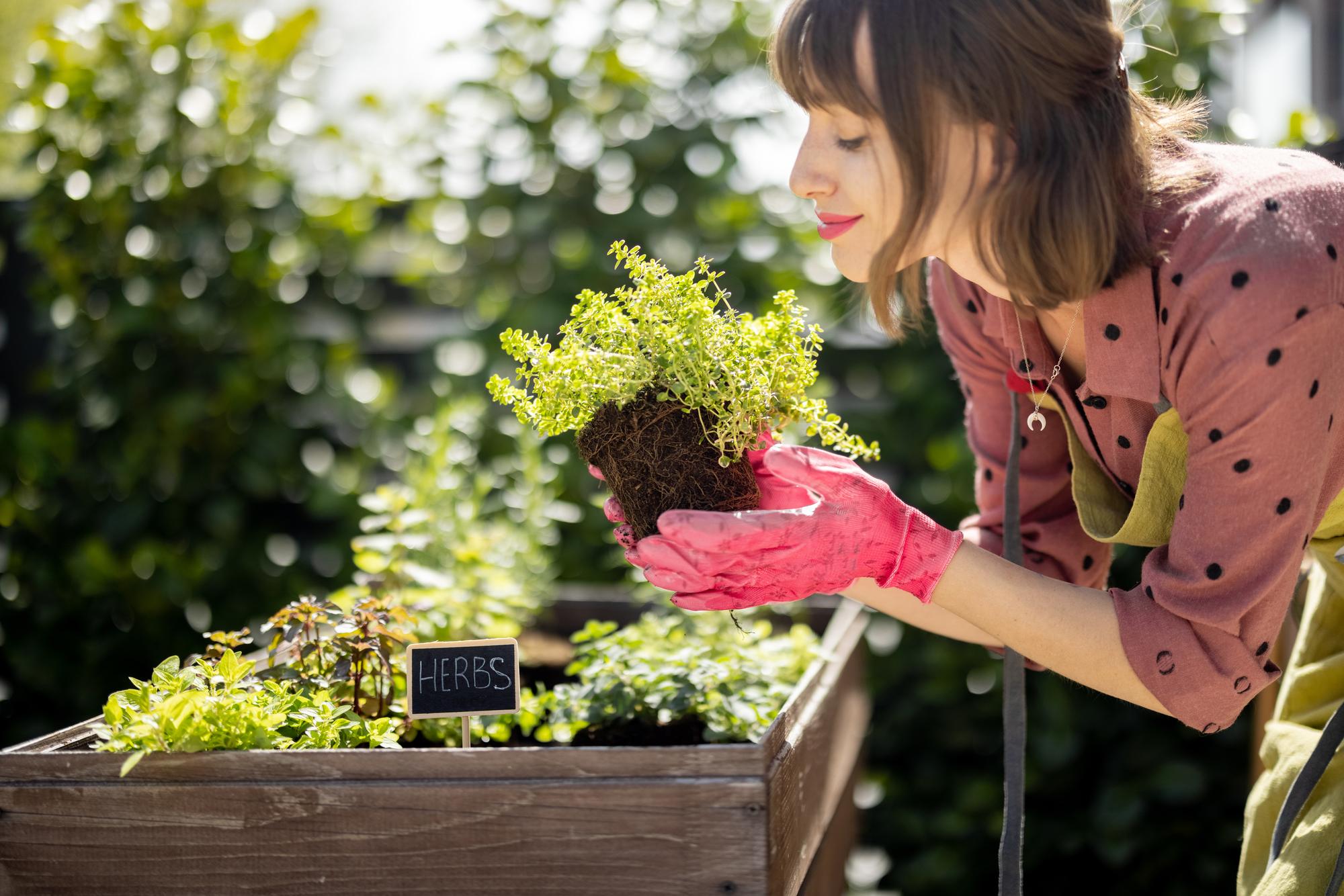As gardeners, we always seek methods to make growing plants easier. Gardening is fun, satisfying, relaxing, and hard work all at the same time. There’s always a task, like a plan, plant, moisture, weed, and harvest. Most gardeners like working in their gardens, sometimes, but you have a lot of things to do, and you feel a very little overwhelmed.
Provide food for the soil.
If you start with good soil, you can grow healthy and full plants. Healthy plants get sick less often, get less damage from pests, and need less water. First, you should buy a soil analysis kit and test your soil. Slow-release organics can be added to soil that lacks sufficient minerals or nutrients.
Then, regularly add organic matter such as compost, seaweed byproducts, bone meal, fish fertilizers, or well-rotted manure. When you’ve opted to apply these organic additions over three or four years, you might reduce your soil feeding and add new compost every other year. Don’t use synthetic fertilizers because they can kill the soil’s great bugs and organic matter.
Group plants to make things easier and have the most effect.
That’s the beginning of the equation. Sun-loving plants should go in the sun, and groundcovers should go where they can keep moving around. But believe how much easier it’d be to provide water if you put all your plants that need a lot of water together, so you could turn on the sprinklers or drag the hose over one area and be done.
How you arrange the plants affects how easy it is to care for them and how nice they look. Plants that grow taller should go in the back or the middle. Next, put plants of medium height all around taller ones and short or trailing plants along the edges.
Choose perennials that don’t need much upkeep.
Make the spine of your flower garden out of hardy plants that don’t need much care. You don’t have to do much during the growing season to take care of these plants. They require little trimming, pinching, staking, or deadheading. You’ll also have gorgeous floral beds you don’t have to pay for yearly.
Use containers and raised beds.
Gardening can be easier and give you more authority over your plants if you use pots and garden beds. You can alter the soil, water, and light and even halt the plants from spreading. You can still grow stuff in containers if you have a tiny balcony or tiny patio to garden on.
Raised beds separate plants from their surroundings. This makes it easier and faster to get rid of weeds. On a bigger scale, you still have the same control as when employing containers, but you won’t have to bend over as much. You must monitor the soil’s moisture in both methods because it will clean out faster.
Install drip irrigation.
Drip irrigation used to be hard to set up and start taking time to measure, buy, and set up, but now it’s as easy as putting together such a tinker toy. You will save money if you do not even rely on rain to wet your gardens. Drip irrigation is far and away the best way to water plants.
It also puts water right where your plants need it, which is good. Plant diseases are kept to a minimum because the water is not sprayed on the leaves but slowly leads to the soil around the plants. If you set a timer, you won’t have to recall to switch it on.
Mulch Again
Mulching makes sense, but you’ve probably heard this a thousand times. Still, a lot of gardeners think that mulch is just for looks. A garden looks better with mulch and takes less time to water, weed, and fertilize. This makes your job easier and gardening easier again!
Organic mulches, aged compost, bark chips, clean straw, dried grass clippings, pine boughs, and chipped wood all aid in the growth of beneficial organisms in the soil. They will slowly break down, which will improve the soil.
I’ve discovered that placing a thin coating of straw mulch around and under strawberries keeps pill insects and slugs from consuming them. It will additionally keep the soil moist, stop diseases that spread through the soil, and keep the apples from having to sit on the ground.
Get Some Wheels
With a good garden trolley or wheelbarrow, you can easily move, carry, and lift things in your garden. You can wheel your tools to the compost pile, move plants, start harvesting, get rid of weeds, and move your crops. Wheels will let you get even more done while placing less strain on your body, regardless of size.
Plant a garden with your kids.
Teach your kids and grandkids as soon as they can how much fun it can be to play in the garden. Change the activities to fit their age. It may be as simple as playing with soil and water for the littlest gardeners. Show them insects, grubs, roots, flowers, and grown seeds.
The kids would rather water than pull weeds. Let them have a place to grow their plants. They might be in charge of a small pot of flowers or a tomato plant. It’s a good way to teach children to be mindful of their things and be proud of what they’ve done.
